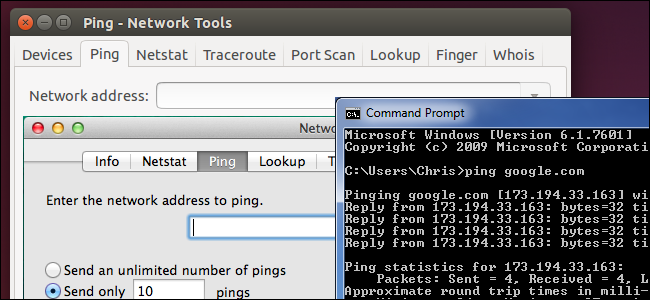How To Check For Port 53 On Mac Os X
These parameters are more than adequate to keep an NTP server sync'ed to any stratum 2 public time servers. You can select your stratum 2 public time servers from the lists at support.ntp.org. Make sure that you pick an open access server and notify the operator, if it is required, prior to adding their server to your ntp.conf file. You should follow the restrictions on access for these servers, also. After editing and saving your ntp.conf file, edit '/etc/hostconfig' by adding or changing these lines: TIMESYNC=-NO- TIMESERVER=-YES- so they are like the above and then save the file. Next, open -again using either vi or pico- '/System/Library/StartupItems/NetworkTime/NetworkTime' and, without the quotes, comment out the line: ' ntpdate -bvs' by adding the octothorpe at the start of the line '# ntpdate -bvs' then change the line below it: ntpd -f /var/run/ntp.drift -p /var/run/ntp.pid to this: ntpd -f /var/run/ntp.drift -p /var/run/ntp.pid -c /etc/ntp.conf then save the file.
Open (with sudo) System/Library/LaunchDaemons/com.apple.pfctl.plist and look for this: pfctl -f /etc/pf.conf and add the line -e to ultimately make it like this: pfctl -e -f /etc/pf.conf That should do it. Caveat: Apple no longer allows to change the launch demon files just like that (not with sudo, nor chmod, nor anything else). The only way is to tinker with the settings: boot into recovery mode and launch terminal. Check the SIP status with csrutil status, it should generally be enabled. Disable it with csrutil disable and reboot in normal mode and then do the changes to the plist file as discussed above. Once done, go back to recovery mode and re-enable the protection (it's in place for good reason) by issuing csrutil enable.
What's new in Office 2016? Previous releases. Embed your custom fonts in your files so that wherever they go, your fonts go too. New in: LEARN MORE. July 2018 updates. Add and remove members, too. Collaboration on the Mac just got easier. New in: LEARN MORE. Add visual impact. Word 2016 for mac 16.17 remove cloud fonts -pinterest.

How to edit hosts file in Mac OS X in order to resolve the domains quickly and block domains by pointing it to localhost in hosts file. Don’t get panic that you are not able to type the password in Terminal app. Press enter after typing the password and check in the Documents folder to find the UNIX executable backup file named “hosts. I had the same issue under OS X Yosemite (10.10.3). Found this blog post that provides clear instructions. We can't use ipfw any more, as it's deprecated. Instead, use pfctl, which unfortunately lacks a nice command line way to tell it to open a port.
Related Articles • Meet Your Macinstructor, the author of, has been a Mac user for over 20 years. A former ghost writer for some of Apple's most notable instructors, Cone founded Macinstruct in 1999, a site with OS X tutorials that boasts hundreds of thousands of unique visitors per month.
Dns Port 53
Adobe suite 5 for mac. When a machine is compromised, you want to see what servers it may have installed, listening on your system. To do this, you need to 'identify' all of the processes running servers. Normally you do this with or netstat -nlp. Unfortunately, neither work on OS X. I finally figured out how to do this, and just wanted to post it online so others searching could find it. In Terminal, just run this command: lsof -i grep LISTENThis will list all processes that are listening on your machine.
UPDATE: I got 120+ requests for the video via comments/mail/social media. I am into the profession which demands the deep knowledge of excel and VBA. Excel, first of all a big big thank to you for starting such a nice and informative forum for all at cost of nothingthere is a lot to learn from your videos. Shooting games for mac. So here is the full-length video tutorial on how to create this Game of Thrones dashboard in Excel.
Port 500
When you say that you disabled the firewall, do you mean the one in: System Preferences > Security > Firewall, or the ipfwIP Firewall that you can access from the command line? Or perhaps both? To check to see if you have ipfw rules, you can always go to the terminal and type in: sudo ipfw list You might also use nmap to check if the port is open from different places on your internal network.